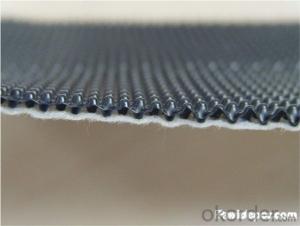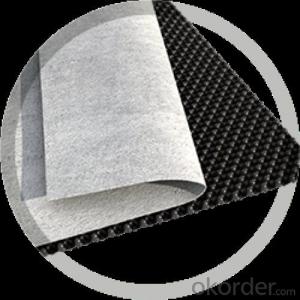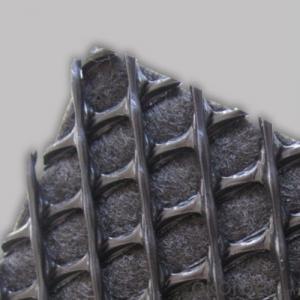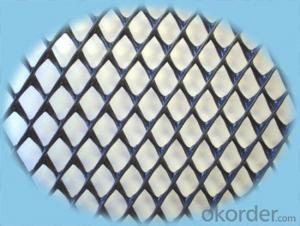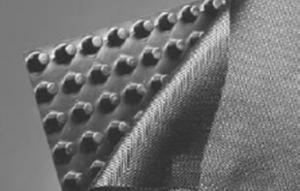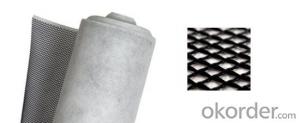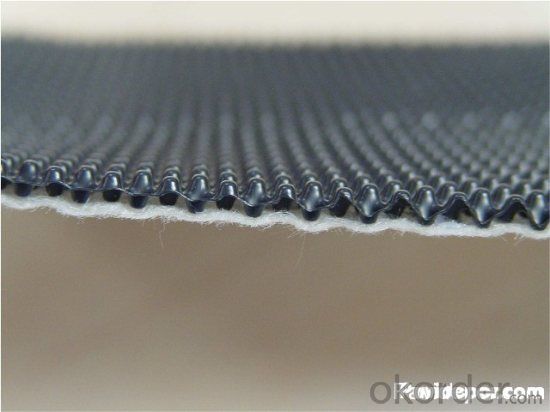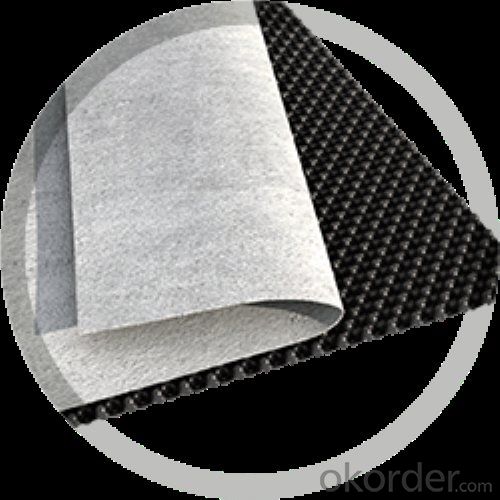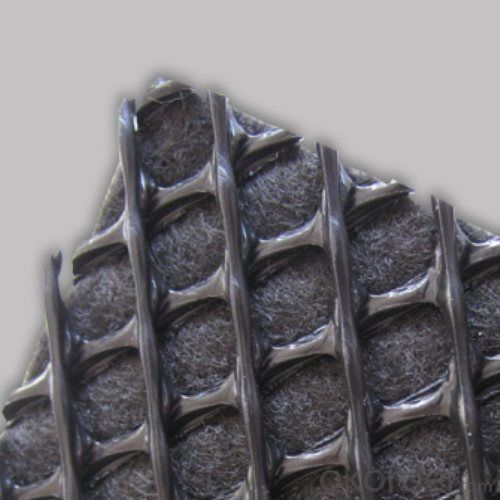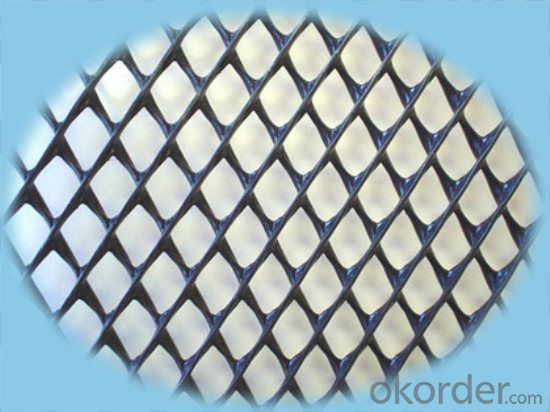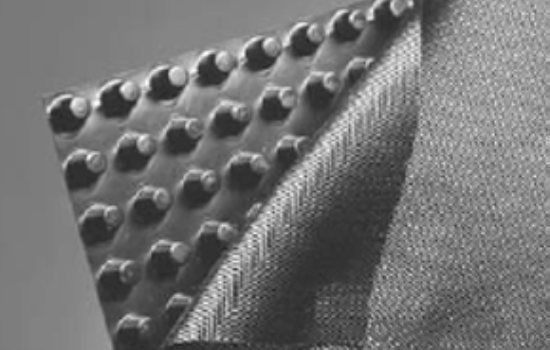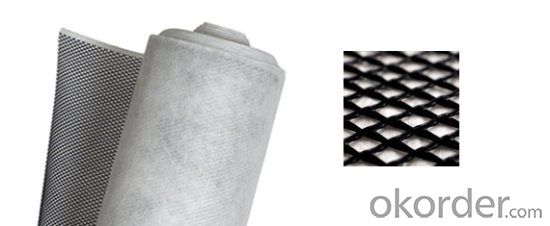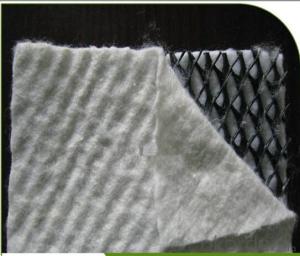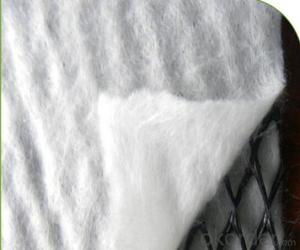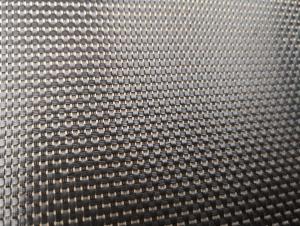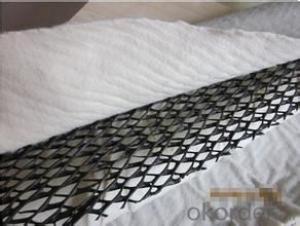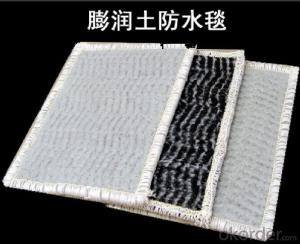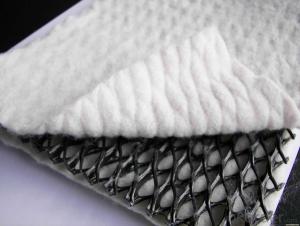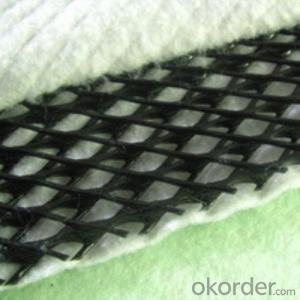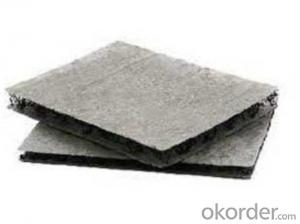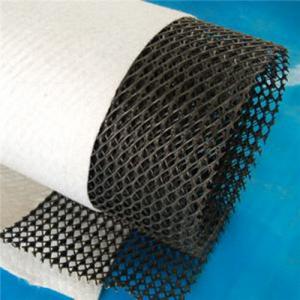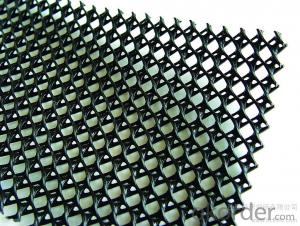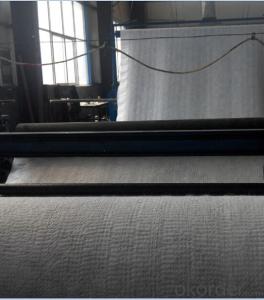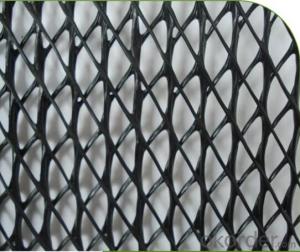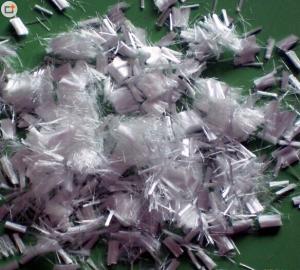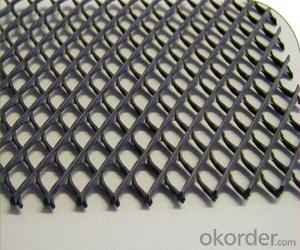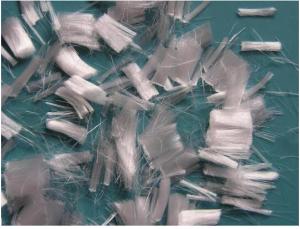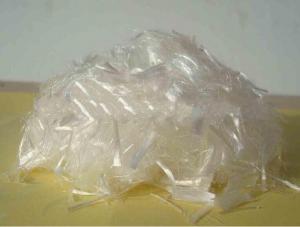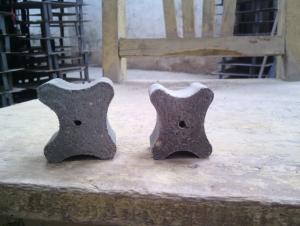Composite Geotextile Drainage for Architectural Engineering
- Loading Port:
- Qingdao
- Payment Terms:
- TT or LC
- Min Order Qty:
- 8000 m²
- Supply Capability:
- 100000 m²/month
OKorder Service Pledge
OKorder Financial Service
You Might Also Like
Composite Geotextiles Drainage for Architectural Engineering
Description Of Composite Geotextiles Drainage for Architectural Engineering
Composite Geotextiles Drainage is a general term for the synthetic materials used in civil engineering. As a kind of civil engineering materials, it is to synthetic polymers, such as plastics, chemical fiber, synthetic rubber as raw material, made of various types of products, placed inside the soil, surface, or various kinds of soil play to strengthen or to protect the soil. The application of the technology of soil engineering synthetic materials will be divided into the type of the material of the soil, the soil, the soil, the special material and the composite.
Main Features of Composite Geotextiles Drainage for Architectural Engineering
The advantages of the composite is that the weight is light, and the overall continuity is good, construction is convenient, high tensile strength, corrosion resistance and resistance to microorganisms. The disadvantage is that, without special treatment, anti ultraviolet ability, such as exposure to ultraviolet radiation, is easy to aging, but if not directly exposed, the anti aging and durability performance is still high.
Applications of Composite Geotextiles Drainage for Architectural Engineering
1, used to bear the weight of the embankment and shallow water treatment.
2, used to prevent the landslide and the load of the gravity of the hybrid retaining wall.
IMages of Composite Geotextiles Drainage for Architectural Engineering
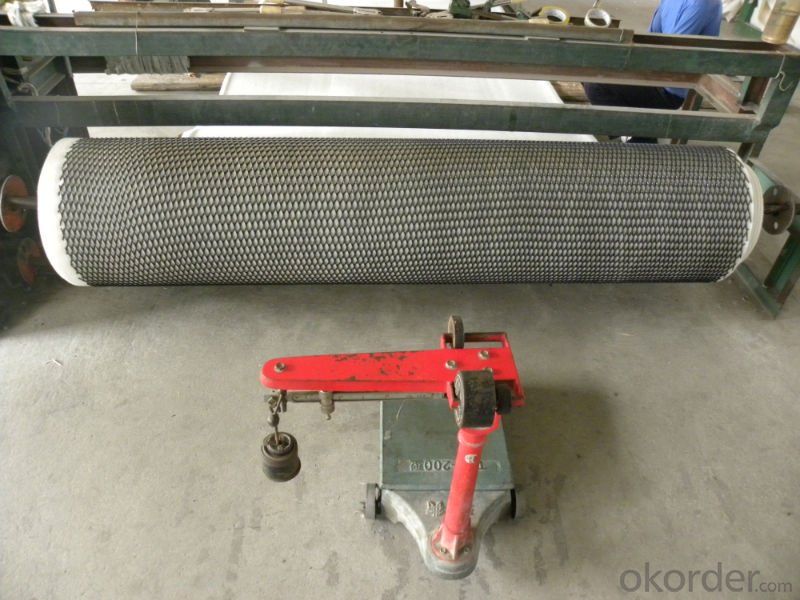
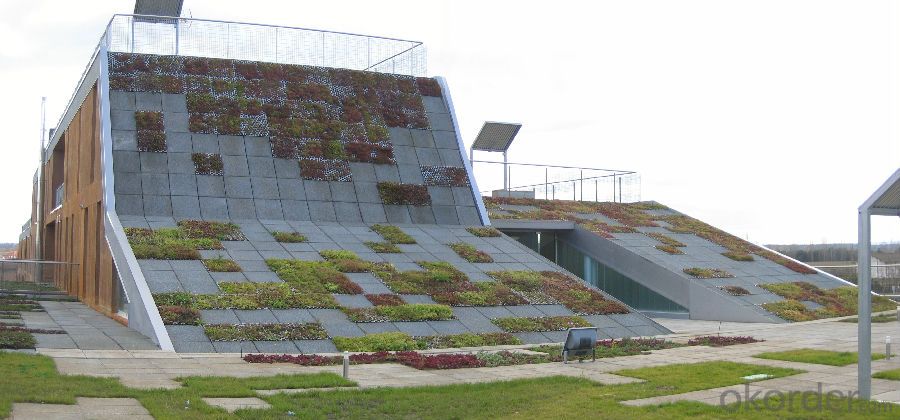

FAQ:
1. What are we supplying?
We are specialized in producing .geotextile , geocell, geogrid, geomembrane
2. How Many years experience do we have?
We have been exported to more than 15 countries in the past 10 years.
3. How long do we usually reply your request?
We always reply our customer within 12 hours.
- Q: Can earthwork products be used for stormwater management?
- Yes, earthwork products can be used for stormwater management. Earthwork products such as retaining walls, berms, and swales can help control the flow and direction of stormwater, prevent erosion, and filter out pollutants before they reach water bodies. These products can effectively manage stormwater and contribute to improved water quality and reduced flooding risks.
- Q: What are the different surface textures available for earthwork products?
- Some of the different surface textures available for earthwork products include smooth, rough, textured, stamped, and patterned surfaces.
- Q: What are the benefits of using geocells in green space development projects?
- The benefits of using geocells in green space development projects include enhanced soil stability, increased load-bearing capacity, improved drainage, reduced erosion, and cost-effectiveness. Geocells provide a sustainable and efficient solution for creating durable and long-lasting green spaces, making them an ideal choice for various landscaping and environmental restoration projects.
- Q: What are the benefits of using geogrids in road reinforcement projects?
- Geogrids offer numerous benefits in road reinforcement projects. Firstly, they enhance the stability and load-bearing capacity of the road, preventing deformation and rutting caused by heavy traffic. Secondly, geogrids improve the overall durability of the road by reducing cracking and extending its lifespan. Additionally, they provide excellent soil reinforcement, reducing the need for extensive excavation and expensive construction materials. Finally, geogrids are easy to install and require minimal maintenance, making them a cost-effective solution for road reinforcement.
- Q: What are the different types of geosynthetic drainage materials?
- The different types of geosynthetic drainage materials include geotextiles, geonets, geocomposites, geospacers, and geocomposite drains.
- Q: What are the different colors and finishes available for earthwork products?
- The different colors and finishes available for earthwork products typically depend on the type of material used. Common colors for earthwork products include natural earth tones such as browns, greys, and tans. Finishes can range from a smooth surface to a textured or weathered look, depending on the desired aesthetic and functionality of the product.
- Q: How do geopipes help in onsite sewage disposal systems?
- Geopipes play a crucial role in onsite sewage disposal systems by efficiently collecting and transporting wastewater from houses or buildings to the septic tanks or treatment areas. These specially designed pipes are perforated, allowing for the drainage of liquid waste while preventing solids from entering. Geopipes also help in distributing the effluent evenly throughout the drain field, promoting proper filtration and treatment of the wastewater before it seeps into the soil.
- Q: How are geosynthetic materials tested for quality and performance?
- Geosynthetic materials are tested for quality and performance through a combination of physical, mechanical, and chemical tests. These tests may include tensile strength, tear resistance, puncture resistance, seam strength, UV stability, chemical resistance, and durability testing. Additionally, geosynthetic materials are often subjected to simulated environmental conditions such as extreme temperatures, moisture, and aging to assess their long-term performance. These rigorous testing processes ensure that geosynthetic materials meet the required standards and can perform effectively in various geotechnical applications.
- Q: How do earthwork products help with dust control?
- Earthwork products, such as soil stabilizers and dust suppressants, help with dust control by preventing soil erosion and reducing the amount of loose particles in the air. These products are applied to the ground surface, forming a protective layer that binds the soil particles together, preventing them from becoming airborne. As a result, dust production and dispersion are significantly minimized, improving air quality and reducing health hazards associated with dust inhalation.
- Q: Can earthwork products be used in storm surge protection?
- Yes, earthwork products can be used in storm surge protection. They can be used to build levees, berms, or dikes that help divert or absorb the impact of storm surges, reducing the risk of flooding and protecting coastal areas from the destructive forces of large waves and water inundation.
Send your message to us
Composite Geotextile Drainage for Architectural Engineering
- Loading Port:
- Qingdao
- Payment Terms:
- TT or LC
- Min Order Qty:
- 8000 m²
- Supply Capability:
- 100000 m²/month
OKorder Service Pledge
OKorder Financial Service
Similar products
Hot products
Hot Searches
Related keywords
